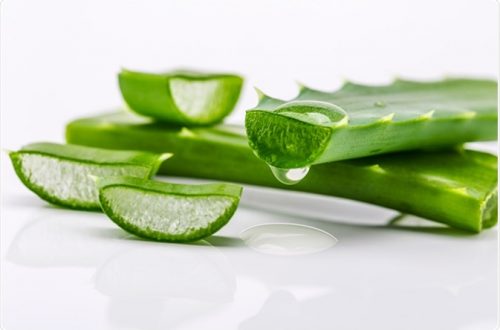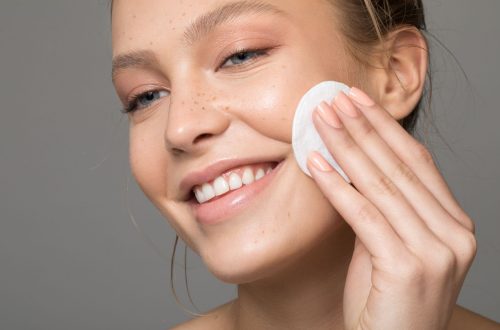Tips to prevent the most common skin problems in summer
To prevent the various skin conditions that become more common during the holidays, we have provided a few tips for each of them. Some of the most frequent skin problems during the summer are fungi, bites, and sunburns.
1. Infected feet
This expert remembers that the interdigital spaces, or the spaces between the fingers, are particularly vulnerable to this fungus infection that affects the feet. In these cases, he proposes:
- After washing your feet, dry them thoroughly, paying special attention to the space between your toes.
- Daily sock and shoe changes.
- Prevent chafing.
- Avoid immersing your feet in hot water for an extended period, as this macerates the skin and makes it easier for fungus to spread.
- Around swimming pools and public restrooms, keep your feet covered.
- Pay close attention to your feet, especially if you have.
- Every day, moisturize your feet.
- For a precise diagnosis, visit a dermatologist.
- Antifungal cream for a few days is typically sufficienforis an infection.
- After a long day, taking a foot bath containing antiseptics can be a good precaution.
2. Back spots or tinea versicolor
Men between the ages of 15 and 30 who reside in hot, humid countries are more susceptible to this other type of fungal infection. It can be identified by the well-defined dark brown or pinkish-white rounded macules covered in scales that appear on the thorax and the extremities. How can it be avoided? These are some recommendations:
- Keep skin dry and clean.
- A combination of sweat, sebum, and high temperatures makes an ideal environment for the growth of fungi.
- Avoid wearing constrictive or poorly breathable clothing in the summer.
- Use a gentle cleansing lotion to remove surplus sebum and sweat.
- To disinfect clothing that cannot be washed at high temperatures, use specific disinfectant products.
Applying topical treatments for tinea versicolor once or twice a week in the spring and summer can stop recurrences that frequently happen year after year. An antifungal cream may be sufficient to treat some cases, but oral medication is usually necessary to treat the most difficult cases.
The last few white spots are healed, but they still need time and sunlight to make the skin’s tone uniform. Pay close attention to those most susceptible to this infection, such as athletes, diabetics, and those with compromised immune systems.
3. Stings from jellyfish
Avoiding baths where there is a lot of jellyfish has a top priority. Additionally, this expert suggests:
- Neoprene and thick lycra appear to offer some protection from jellyfish stings.
- Avoid touching dead animals or marine remains because they may still release poison even if they appear to be dead.
- Apply creams and gels to prevent jellyfish stings.
- Physiological saline or, in the absence of it, salt water must first be used to clean the bite site. Use only salt water because fresh water can damage the stinging cells and worsen the situation.
- With a pair of tweezers, remove any tentacles that are still attached and any remaining stinging tentacles.
- For a week, use a corticosteroid cream to ease pain and inflammation.
- Avoid rubbing your skin with towels, sand, or anything else that could make it sorer.
- If you don’t have the proper protective gloves, never pick one of these animals up with your hands.
- Visiting a medical facility makes the symptoms worse.
4. Sunburn
Unprotected sun exposure has negative effects; in fact, childhood burns increase the risk of developing skin cancer as an adult. How to protect the skin and what to do before a burn? The signs are as follows:
- Between the hours of eleven in the morning and four in the afternoon, stay out of the sun.
- Sunscreen with a protection factor of at least 30 should be liberally applied.
- Apply sunscreen at least 30 minutes before going outside and reapply every two hours.
- In addition to sunscreen, oral sunscreens improve burn resistance.
- Put on a hat and sunglasses that block ultraviolet light.
- There are mobile apps that show how much UV radiation is present in our summer vacation destination.
- Even on cloudy days, apply sunscreen because ultraviolet rays can still penetrate them.
- Aloe-based soothing lotions can relieve pain from burns.
- The most effective and quick-acting treatment is cream corticosteroids.
- You should visit a dermatologist if you frequently burn because it can have negative effects and lead to skin cancer.



